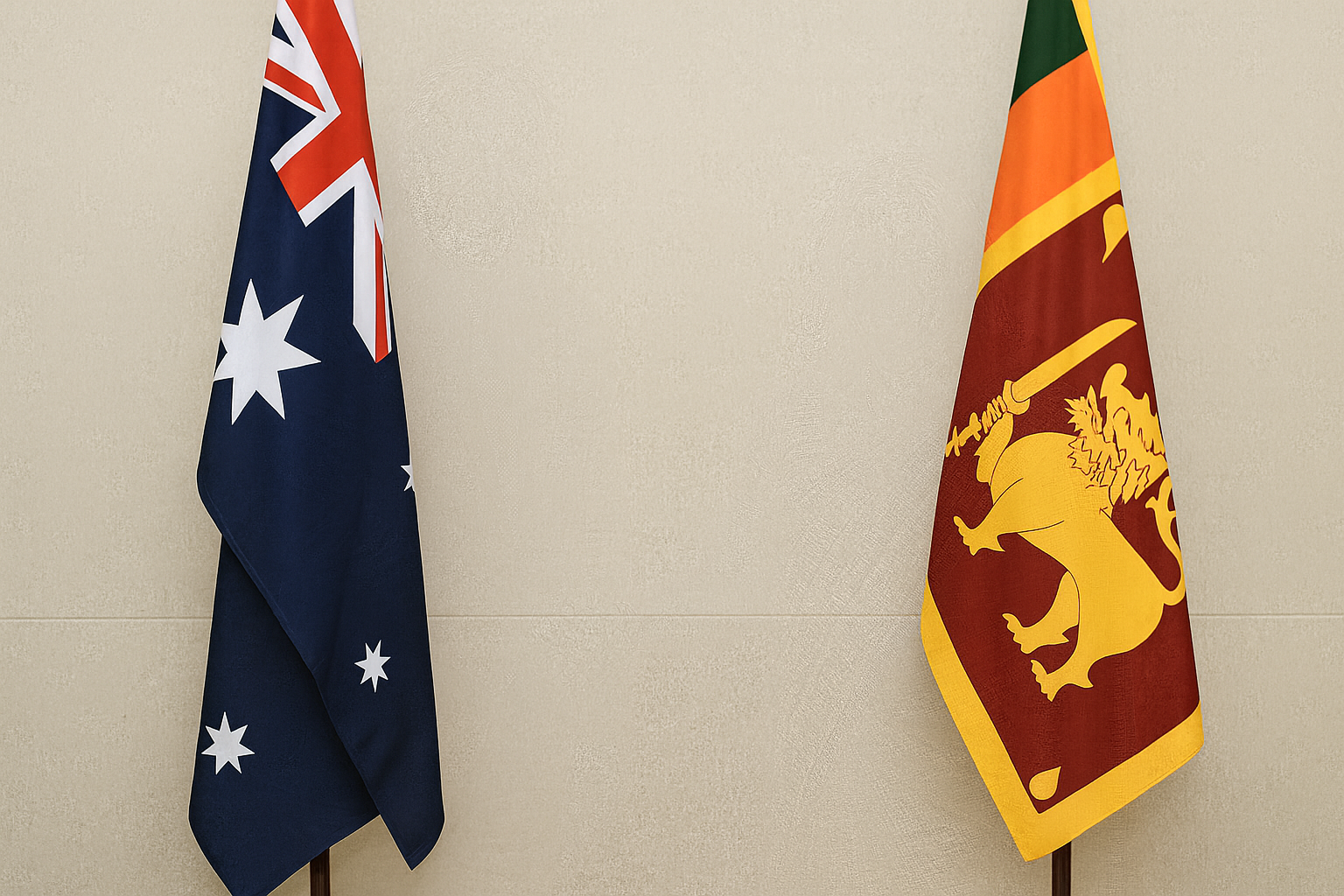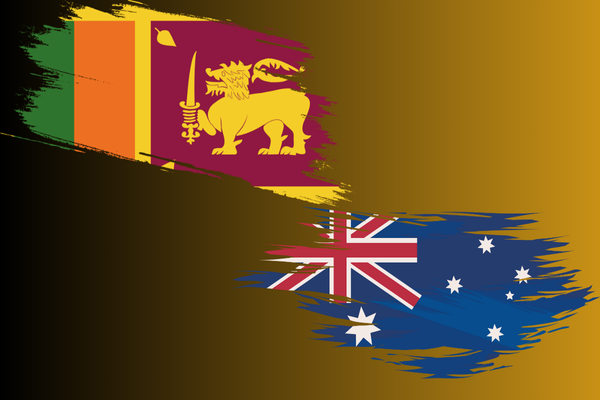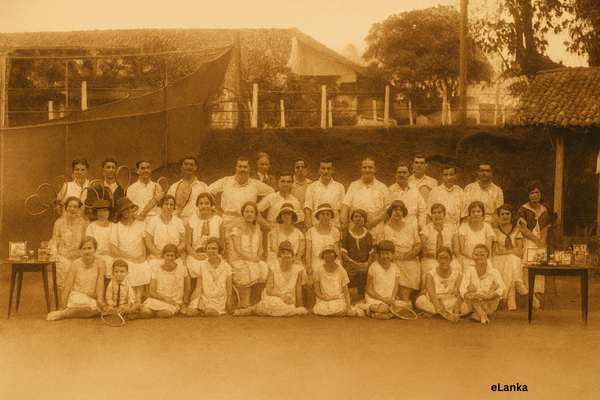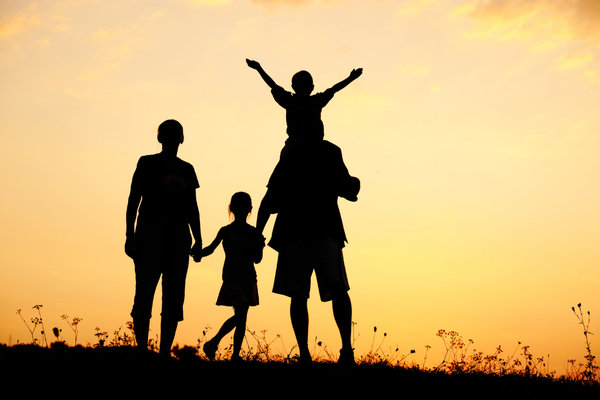AI and Creativity: Can Machines Truly Be Creative?
Artificial Intelligence (AI) has rapidly evolved from being a futuristic concept to becoming an integral part of our everyday lives. From voice assistants to self-driving cars, AI is shaping industries in unimaginable ways. One area that sparks both excitement and controversy is AI and creativity. Can machines truly be creative? Or are they simply mimicking patterns created by humans? This question lies at the heart of the ongoing debate about AI’s role in art, music, literature, and other creative domains.
In this article, we’ll explore how AI contributes to creativity, the limitations it faces, ethical concerns, and whether machine-generated content can ever match human originality.
What Does Creativity Really Mean?
Before we can determine whether AI is creative, it’s important to define creativity. Traditionally, creativity involves:
-
Originality – producing something new and unique.
-
Value – generating ideas, works, or solutions that are useful or appreciated.
-
Expression – conveying emotions, perspectives, and experiences.
When humans create, our ideas are shaped by culture, experiences, emotions, and imagination. For machines, creativity is based on data, algorithms, and training models. This distinction raises the question: is AI’s output genuine creativity or just advanced pattern recognition?
How AI Is Being Used in Creative Fields
1. Art and Design
AI art generators like DALL·E, MidJourney, and Stable Diffusion allow users to create stunning visuals simply by typing a text prompt. Museums and galleries are even showcasing AI-generated artwork, blurring the line between human and machine artists.
2. Music Composition
Platforms like AIVA and Amper Music enable composers to produce original soundtracks with the help of AI. Musicians use these tools to generate melodies, harmonies, and background scores, often collaborating with the AI system rather than replacing human creativity.
3. Literature and Writing
AI-powered tools such as ChatGPT and Jasper assist writers in creating stories, poems, or marketing content. Some AI-generated novels and poems have already been published, sparking debate about authorship and authenticity.
4. Film and Entertainment
AI is being used in scriptwriting, video editing, and even deepfake technology. For example, AI can generate realistic CGI characters or assist in developing complex storylines for films and games.
5. Fashion and Architecture
AI is revolutionizing industries like fashion design and architecture by analyzing trends, predicting consumer preferences, and generating innovative designs that push creative boundaries.
Can Machines Truly Be Creative?
Argument For AI Creativity
-
Original outputs: AI systems can generate paintings, music, or stories that are entirely new and not seen before.
-
Inspiration for humans: Many artists use AI as a tool for brainstorming and breaking creative blocks.
-
Combining knowledge: AI can merge ideas across cultures, styles, and disciplines at a scale impossible for one person.
Argument Against AI Creativity
-
No consciousness: Machines don’t experience emotions, meaning, or intent behind their creations.
-
Dependent on humans: AI models are trained on existing human-made content, meaning they remix rather than invent from scratch.
-
Lack of purpose: Creativity often involves a deeper message or storytelling element, something AI cannot fully grasp.
In short, while AI produces outputs that appear creative, it doesn’t experience creativity in the same way humans do. It is more accurate to say that AI augments human creativity rather than replaces it.
Ethical Concerns of AI in Creativity
-
Authorship and Ownership
Who owns an AI-generated painting or song—the programmer, the user, or the machine? This legal gray area is sparking global debates. -
Bias and Representation
Since AI learns from human-created data, it can replicate cultural stereotypes or biases, raising questions about fairness in creative outputs. -
Impact on Jobs
While AI tools empower creators, they also threaten creative jobs in fields like graphic design, copywriting, and music production. -
Authenticity
Can audiences connect emotionally with art or music created by algorithms? Some critics argue that without human intent, AI art lacks soul.
How AI Enhances Human Creativity
Despite the concerns, AI has proven to be a powerful collaborative tool rather than a rival. Here’s how:
-
Idea Generation: AI tools help artists brainstorm quickly.
-
Efficiency: Tasks like editing, formatting, or background scoring can be automated, freeing humans to focus on originality.
-
Accessibility: People without formal training can now create professional-quality artwork, music, or writing using AI.
-
Cross-Disciplinary Innovation: AI connects ideas from multiple industries, sparking fresh perspectives.
The Future of AI and Creativity
The future points towards a hybrid model of creativity where humans and machines collaborate. AI will not replace the passion, emotions, and lived experiences that humans bring to art and storytelling. Instead, it will serve as a co-creator, enhancing imagination, speeding up production, and inspiring new forms of expression.
Imagine a world where:
-
An architect co-designs futuristic cities with AI.
-
A musician composes symphonies with AI assistance.
-
Writers use AI to break through creative blocks.
This partnership has the potential to democratize creativity, making it accessible to anyone with an idea, regardless of skill level.
Conclusion
So, can machines truly be creative? The answer lies in perspective. AI does not feel, imagine, or express emotions as humans do. However, it can generate outputs that are novel, valuable, and inspiring—three hallmarks of creativity. The future of creativity is not man versus machine, but man with machine, working together to push the boundaries of imagination.
Artificial Intelligence may never replace the soul of human creativity, but it will undoubtedly remain one of the most powerful tools to shape the art, music, and literature of tomorrow.





















